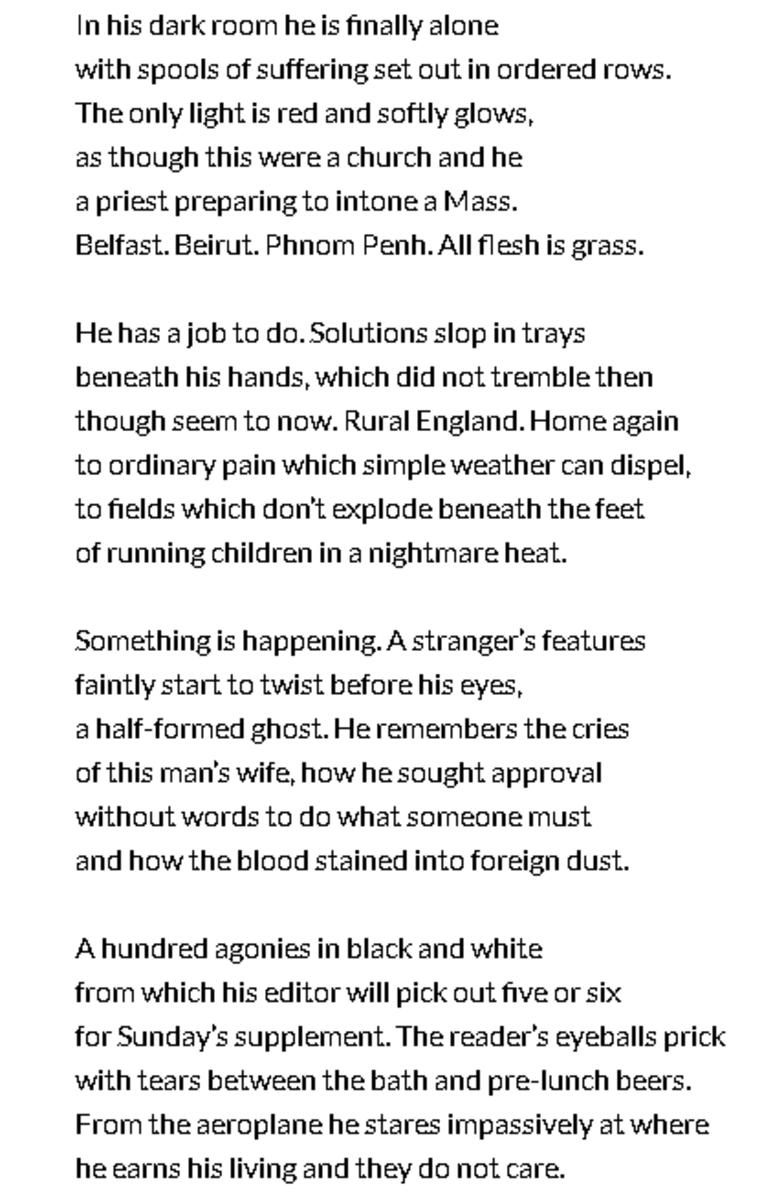Task : Read through this piece and then have a go in your portfolio: write a 500-750 word Modern Love essay from the P.O.V. of a mythic or folkloric character.
Myth I chose (context): Plot
Perspective : Pygmalion
The Pygmalion effect
For the majority of my life, I hated women. I can already feel the judgment fume from my screen as I’m typing, but it’s true. I viewed that 50% of the population as a permanent, irremovable blemish in society. As a man, you would assume that I am either gay or a raging male chauvinist (or both). But neither is true, I am heterosexual, and I don’t believe men to be the superior sex. I just hated women.
As an artist (a sculptor, to be specific) I saw no beauty in the female being, nor what it was said to represent: unconditional love, selflessness, giver of life, etc. These were all just excuses for artists to hide behind slabs of rock or large canvases, only to ogle at the same long hair and curved body in different shapes, colors, and sizes.
My love life, therefore, was between me and my stone, in my small apartment studio that smelled of sulfur and petrichor. I knew it was a situation that deserved pity, but I couldn’t help but feel happier with no one but myself and my art to look after.
One day–after a few glasses of red wine–I sat down and did something I swore never to do: sculpt a woman.
If you ever need to distinguish a real artist from a superficial one, find out which one pines for challenge (that would be your real one). I expected this idea to land in my pile of flawed marble pieces that I would eventually use to frame my kitchen sink or prop up my bookends. I had to painfully dig deep into the stacked away memories I had of my interactions with women, their dainty fingers, overly-adorned necks, irritatingly-friendly eyes that detect the smallest traces of attention that they then pursue until their bellies are swollen and husbands are trapped. I had no doubt about the accuracy of work I would produce, but rather, shame in the fact that I had to surrender my values to subside the dull feeling I get when I have nothing to sculpt.
Weeks went by, and the ivory had clearly transformed into a female. As I finished the lips and peplos, the most unexpected thing occurred.
I fell in love.
I started leaving loaves of bread and olives near her feet and discarding them the following morning, like a widowed-man in denial of the fact that all that is left of his dead wife is a sculpture in her memory. Every stroke of hammer and chisel was soft and affectionate. Bread and olives became tunics and necklaces. I became so infatuated with her ethereal locks and milky-white skin, she became Galatea (she who is milk-white).
I spent hours on end simply staring at her enticing eyes, praying for even the smallest twitch. That would have been enough to drop everything and devote my life to her (essentially what I had already been doing. The height of my ‘flaw-pile’ hadn’t changed in months, and my kitchen sink was still frameless).
However, the pain of loving someone who could not love you in return, someone whom you had sworn to loathe, lived in me. It reminded me every once in a while with a rotting sensation in my abdomen, one that returned every time I reached out to hold Galatea’s faultless, apathetic, frigid hands.
One day, I returned home after my seventh unsuccessful visit to the temple. My desperation had reached a level that–upsettingly–required divine mercy. I could feel her alluring presence as I entered. I bent down to pick up the plate I had left at her feet, and my heart skipped a beat.
One less olive.
“Pygmalion”
Her voice was sweet and hypnotic, like ambrosia.
“Pygmalion, my love”
I looked up. Her lips were parted, her chest was moving up and down. Her eyes, partially-covered by a fallen strand of hair, gazed directly into mine.
* * *
3 years later, I’m sitting here in my 2-bedroom apartment while Galatea is brewing her second cup of tea in the kitchen. We decided to move to a larger place in hopes of starting a family soon.
I married a living, breathing reminder that reality is constantly negotiable, and the only thing preventing us from manipulating truth is expectation itself.
 Today in class we read the poem ‘War Photographer’ by Carol Ann Duffy. To summarise, it depicts the terror and sorrow of war through the perspective of the photographer, who is reminded of the trauma as he develops his photos. Themes/feelings such as sorrow, human suffering, and human morality (questioning the photographer, as his job is to distance himself from humans
Today in class we read the poem ‘War Photographer’ by Carol Ann Duffy. To summarise, it depicts the terror and sorrow of war through the perspective of the photographer, who is reminded of the trauma as he develops his photos. Themes/feelings such as sorrow, human suffering, and human morality (questioning the photographer, as his job is to distance himself from humans